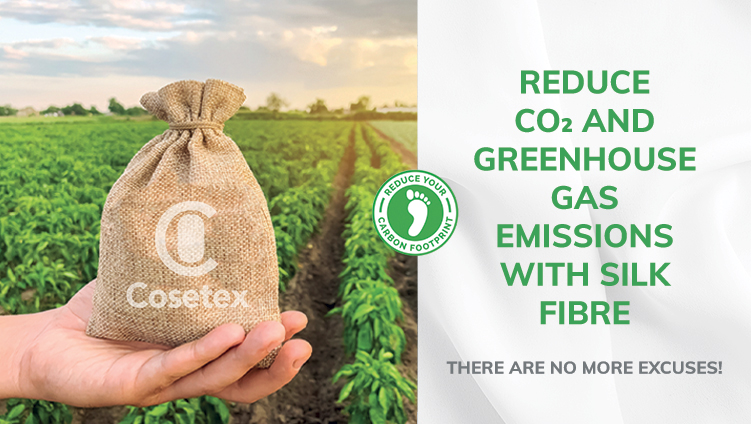Reduce CO2 and greenhouse gas emissions with silk fibre
Reduce CO2 and greenhouse gas emissions with silk fibre
No more excuses
The agricultural, zootechnical, productive and commercial system of silk fibre protects nature and the environment and reduces the harmful impact of CO2 and greenhouse gases in the atmosphere.
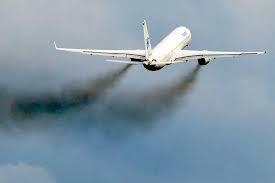
Each kg of silk produced eliminates about 750 kg of CO2 from the atmosphere, equal to that produced to carry a person by plane from London to New York.
CO2, greenhouse gases and climate change: the data highlighted are alarming
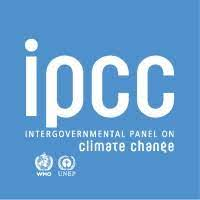
The new report of the ICCP, Intergovernmental Panel on Climate Change,the UN international body for the assessment of climate change, has just been published.
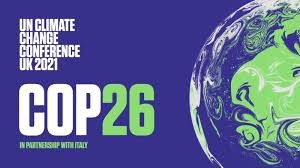
The United Nations conference on climate change COP26 has just ended.
The data highlighted are beyond alarming:
- CO2 concentrations are the highest in the last 2 million years (2019 data)
- The concentrations of greenhouse gases(methane and nitrogen dioxide) are the highest in the last 800,000 years (2019 data)
- In the last 50 years there has been an increase in temperature which is the most sudden in the last 2000 years
With these data, the chances of an increase in average temperatures of 1.5 degrees in the next decades are very high. This would cause long hot and torrid summers and very cold winters, (with an increase of 2 degrees many areas of our earth would become uninhabitable or submerged by the seas).
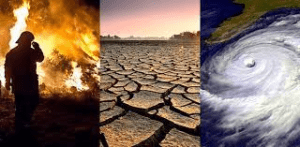 Despite the economic production slowdown caused in recent years by the pandemic which has created obligatory conditions that have allowed a decrease in harmful polluting emissions, with positive consequences for health, as regards greenhouse gases and carbon dioxide, it was evident how significant reductions in emissions are required, over extended periods of time, before a significant reduction in concentrations can be seen.
Despite the economic production slowdown caused in recent years by the pandemic which has created obligatory conditions that have allowed a decrease in harmful polluting emissions, with positive consequences for health, as regards greenhouse gases and carbon dioxide, it was evident how significant reductions in emissions are required, over extended periods of time, before a significant reduction in concentrations can be seen.
The ICCP report and the results (the results) of COP26, closely correlate human activity with the intensity of disastrous meteorological events which in recent years have shown frequencies and dangers without any precedent in the past.
“The ICCP report is a red flag for humanity. Limiting polluting emissions in the shortest possible time is crucial to avoiding temperatures rising in an irreparable and incontrovertible way. There is no more time for excuses and delays.”
– António Guterres, UN Secretary General
What can we do to save the planet
Textiles and silk – a small first step
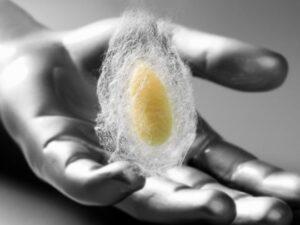
Each of us can certainly support projects and initiatives, including political ones, capable of guaranteeing greater and real attention to our land and its protection.
In the small daily decisions, it is necessary to understand and be clear about the consequences of each of our actions, favouring behaviours, including purchasing behaviour, which are fully respectful of sustainability and the environment:
- Understanding which fibres are truly natural and sustainable and which are not is a small first step
- Prefering truly sustainable and innovative, natural fibres the detriment of synthetic and artificial fibres with high environmental impacts, which are notably polluting is first step
- Understanding the real meaning of the much publicised practice of recycling, defining its strengths and weaknesses is a small first step
- From natural fibres, choosing those capable of supporting a system that respects the territory and is capable of activating a virtuous economic/ecological cycle is a small first step.
Why choose silk to reduce pollution
Silk is the natural fibre par excellence; it is sustainable, capable of solving the problem of plastic microfibres and completely recyclable.

